According to the article, Vietnam’s economy has long had both outstanding strengths and challenges: it is a manufacturing powerhouse with a youthful population, a rapidly digitalizing consumer class, and a government determined to maintain a balance between growth and stability. In the second quarter of 2025, both factors were evident when inflation rose but GDP reached a record growth rate, also showing the balance between growth and stability.
Vietnam's consumer price index (CPI) in the first half of this year averaged 3.27%, core inflation was 3.16%, due to rising housing and utility costs, food prices and medical costs. The article stated that Vietnam's inflation in the second quarter of 2025, although higher than the 3.01% of the first quarter, was still within the government's target of 4.5% and this inflationary pressure was not beyond control. The government's prudent monetary policy, which prioritized maintaining consumer purchasing power, prevented inflation from turning into a crisis. For investors, controlled inflation plus strong growth are two factors attracting long-term investment in this most dynamic market in Southeast Asia.
GDP growth in the second quarter of 2025 is expected to reach 7.96% thanks to a 10.3% increase in industrial production and an 8.14% increase in the service sector. Committed foreign direct investment (FDI) in the first half of 2025 reached US$21.5 billion, up 32.6% year-on-year, demonstrating sustained confidence in Vietnam’s industrial ecosystem.
Meanwhile, the consumer sector is quietly reinventing itself. Retail sales in the first half of the year increased by 9.3% thanks to a recovery in tourism and rising disposable incomes. The Vietnamese government’s efforts to promote digital services and ESG (Environmental, Social and Governance) consumer behavior have helped to increase the sector’s appeal.
However, the author of the article believes that despite the optimistic outlook, there are still many potential risks. Fluctuations in global demand, especially in the US and China, could affect exports. In addition, inflationary pressures, although controlled, could increase if geopolitical tensions escalate. However, these risks are completely manageable. The Vietnamese government has shown flexibility in handling challenges, from administrative reforms to speed up project approvals to proactive fiscal policies to support infrastructure development. The consolidation of provinces and cities from 63 to 34 reflects efforts to improve governance efficiency and reduce administrative delays.
Finally, the paper concludes that Vietnam’s economic resilience in the second quarter of 2025, demonstrated by effective inflation control, solid GDP growth and strong FDI inflows, has affirmed its position as a strategic investment destination. For long-term investors, Vietnam’s young population, accelerating digitalization and industrial modernization create a unique convergence of opportunities. As global supply chains continue to shift and sustainability becomes a must, Vietnam’s ability to adapt and innovate will make it not only a beneficiary of growth, but also a driver of it.
VNA/News and People Newspaper
Source: https://baotintuc.vn/kinh-te/truyen-thong-my-viet-nam-co-kha-nang-chong-chiu-an-tuong-truoc-suc-ep-toan-cau-20250806175420200.htm





![[Photo] Students of Binh Minh Primary School enjoy the full moon festival, receiving the joys of childhood](https://vphoto.vietnam.vn/thumb/1200x675/vietnam/resource/IMAGE/2025/10/3/8cf8abef22fe4471be400a818912cb85)

![[Photo] Prime Minister Pham Minh Chinh chairs meeting to deploy overcoming consequences of storm No. 10](https://vphoto.vietnam.vn/thumb/1200x675/vietnam/resource/IMAGE/2025/10/3/544f420dcc844463898fcbef46247d16)
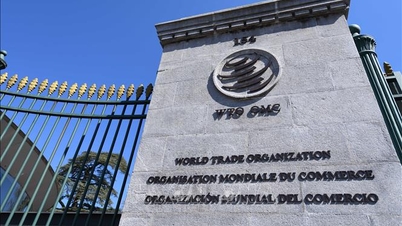
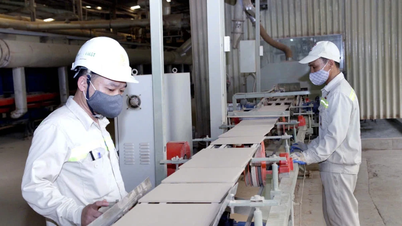

![[Photo] Students of Binh Minh Primary School enjoy the full moon festival, receiving the joys of childhood](https://vphoto.vietnam.vn/thumb/402x226/vietnam/resource/IMAGE/2025/10/3/8cf8abef22fe4471be400a818912cb85)

![[Photo] Prime Minister Pham Minh Chinh chairs meeting to deploy overcoming consequences of storm No. 10](https://vphoto.vietnam.vn/thumb/402x226/vietnam/resource/IMAGE/2025/10/3/544f420dcc844463898fcbef46247d16)
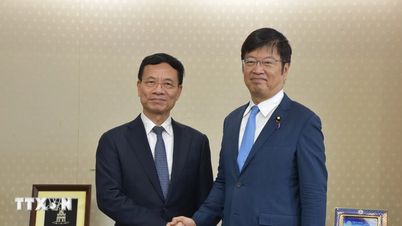



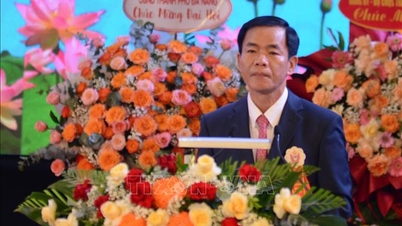



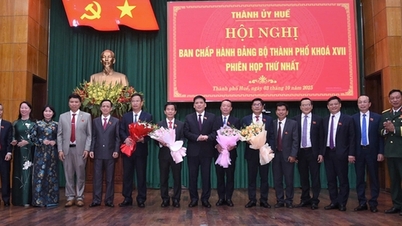

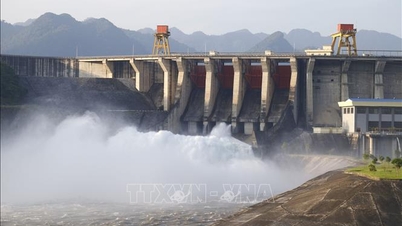





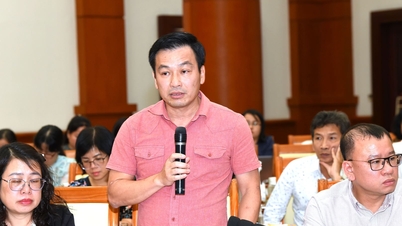

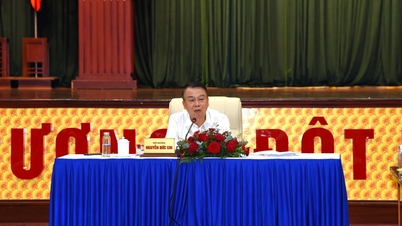
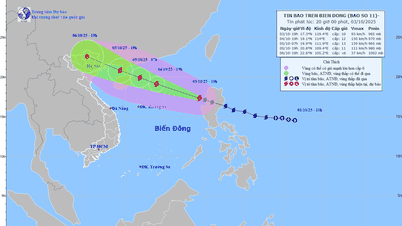
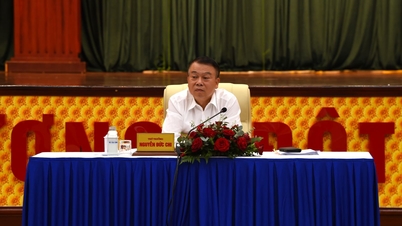





































































Comment (0)